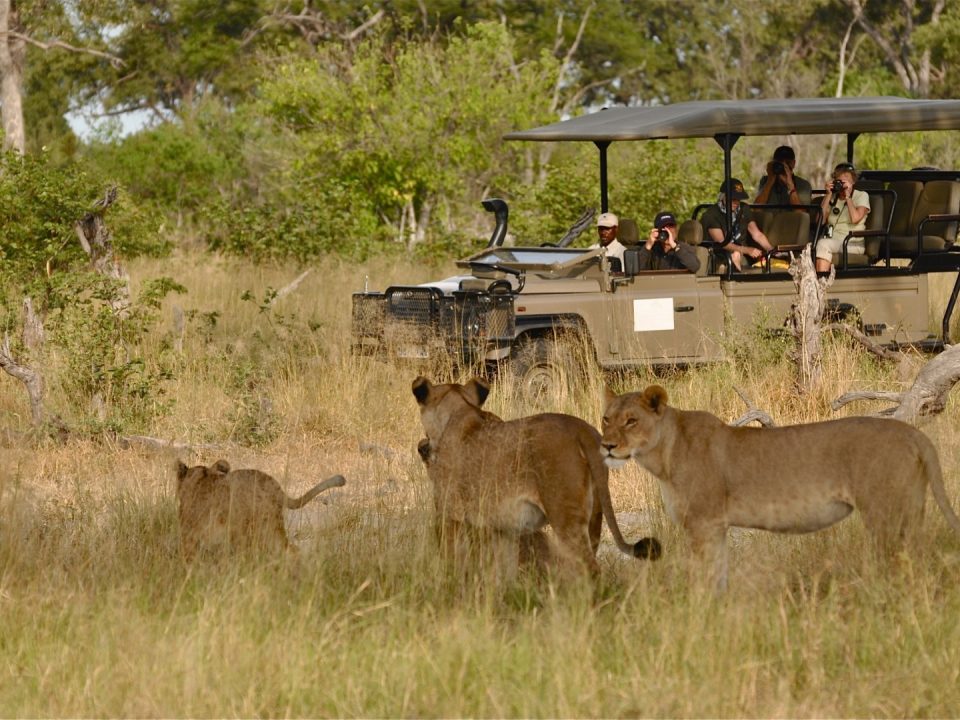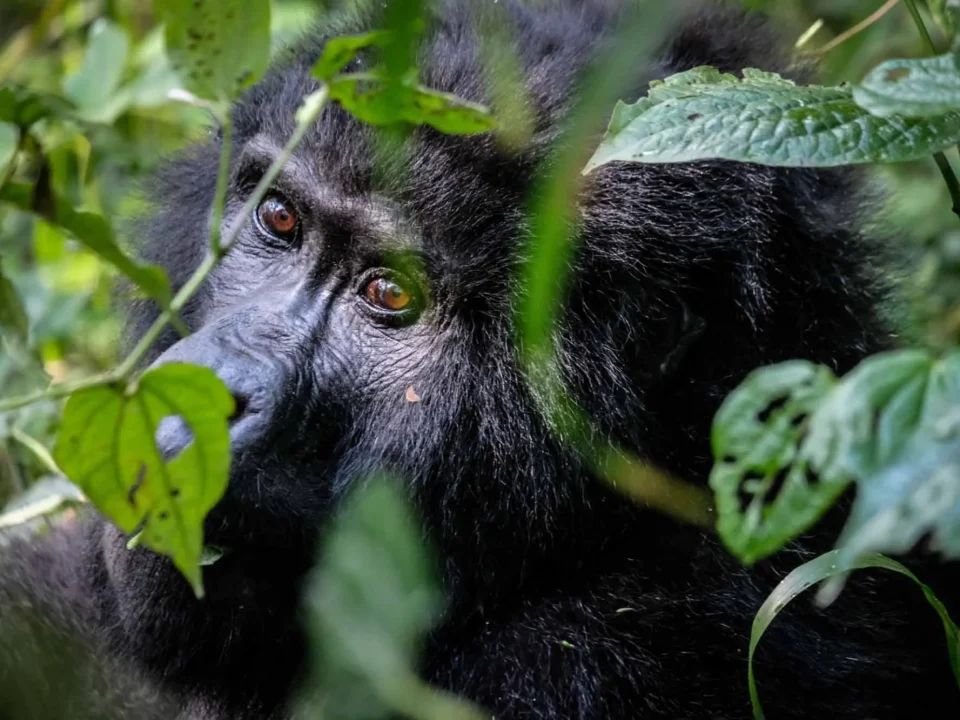
Is Tourists & Gorillas ‘Safe’ After DRC Volcanic Eruption?
June 24, 2021
Why Save Murchison Falls and Keep It Intact?
July 17, 2021The Great Wildebeest Migration
One of the most sought-after experiences for wildlife and nature enthusiasts, the Great Wildebeest Migration is the ever-moving circular migration of over a million animals across the Serengeti-Mara ecosystem.
The ever-moving columns of wildebeest, joined by a host of companions, follow an age-old route in search of grazing and water.
This journey takes them across the plains of the Masai Mara in Kenya, all the way south into Tanzania, through the Serengeti to the edge of the Ngorongoro Crater, before circling up and around in a clockwise direction.
Along the way, high drama is always present, as thousands of animals are taken by predators, and thousands more are born, replenishing the numbers and sustaining the circle of life.
What is the Great Wildebeest Migration?
The Great Wildebeest Migration is the largest herd movement of animals on the planet. In fact, with up to 1,000 animals per km², the great columns of wildebeest can be seen from space.
The numbers are astonishing: over 1,2 million wildebeest and 300 000 zebra along with topi and other gazelle move in a constant cycle through the Serengeti-Mara ecosystem in search of nutritious grass and water.
Guided by survival instinct, each wildebeest will cover 800 to 1,000km on its individual journey along age-old migration routes.
Hungry predators – lion, leopard, cheetah, hyena, wild dog, and crocs – make sure only the strongest survive in this natural spectacle also known as ‘the greatest show on Earth.
It is thought that rainfall over 50km away can trigger the start of the mass movement – perhaps through smell or the recognition of thunder and lightning on the horizon.
The circuit takes the animals from the Ngorongoro Conservation Area (although not into the Crater itself) in the south of the Serengeti in Tanzania, up through the Serengeti and across into the Maasai Mara in Kenya, and back again.
The journey is beset with danger: young calves are snatched by predators; the slow is brought down by a pride of lion, brave beasts break legs on steep river slopes, crocodiles take their share of the stragglers, and the weak and exhausted drown.
The three groups of migrant grazers have different grass-eating habits: as one group eats the top of the tallest grass, the next group will eat away some of the medium-height grass, until finally it is almost completely eaten, and the herds move on.
This means each group sticks to their own kind with only a small overlap in their distributions. The grasses of the plains have the highest protein content in the whole of the Serengeti, as well as being high in calcium.
It is unclear how the wildebeest know which way to go, but it is generally believed that their journey is dictated primarily by their response to the weather; they follow the rains and the growth of new grass.
While there is no scientific proof of it, some experts believe that animals react to lightning and thunderstorms in the distance. It has even been suggested that wildebeest can locate rain more than 50km away.
How Does the Great Wildebeest Migration move throughout the year?
Whether the wildebeest are dropping calves or attempting to cross rivers while avoiding predators, the migration is constantly on the move throughout the year.
Some People Also Search for the Following Kenya Safari Packages
3 days Masai Mara Kenya safari
3 Days Samburu Wildlife Safari Kenya Cultural Tour





